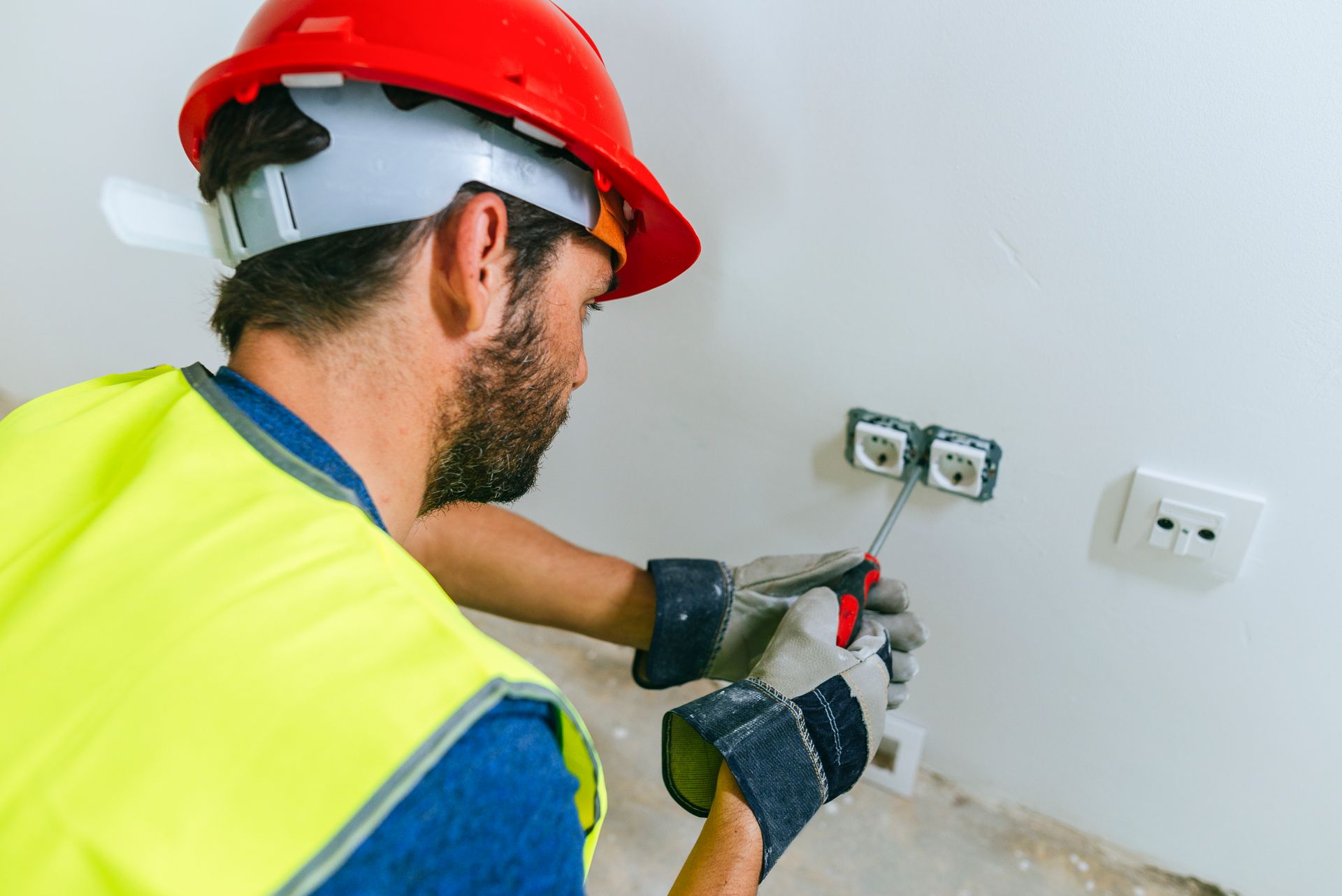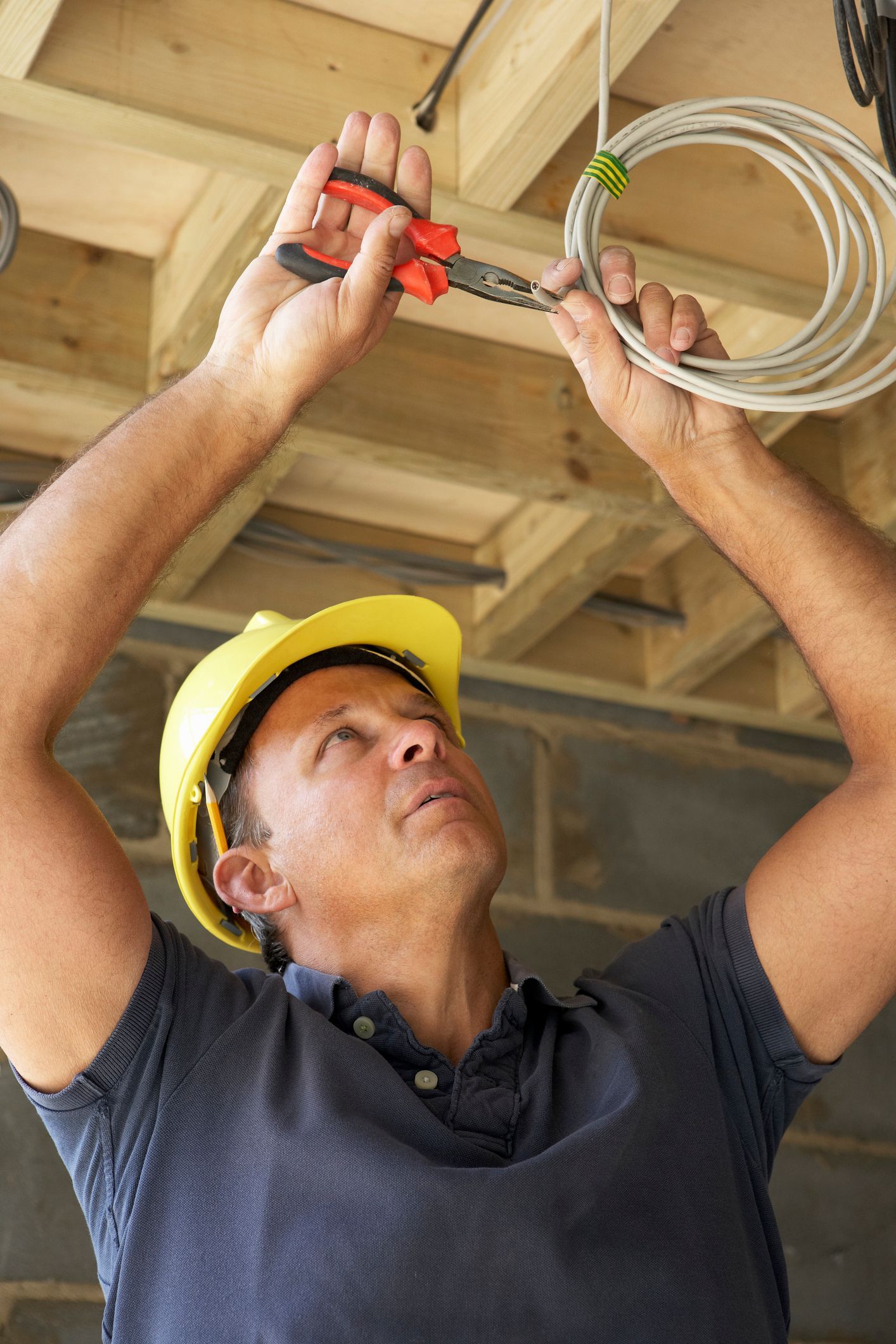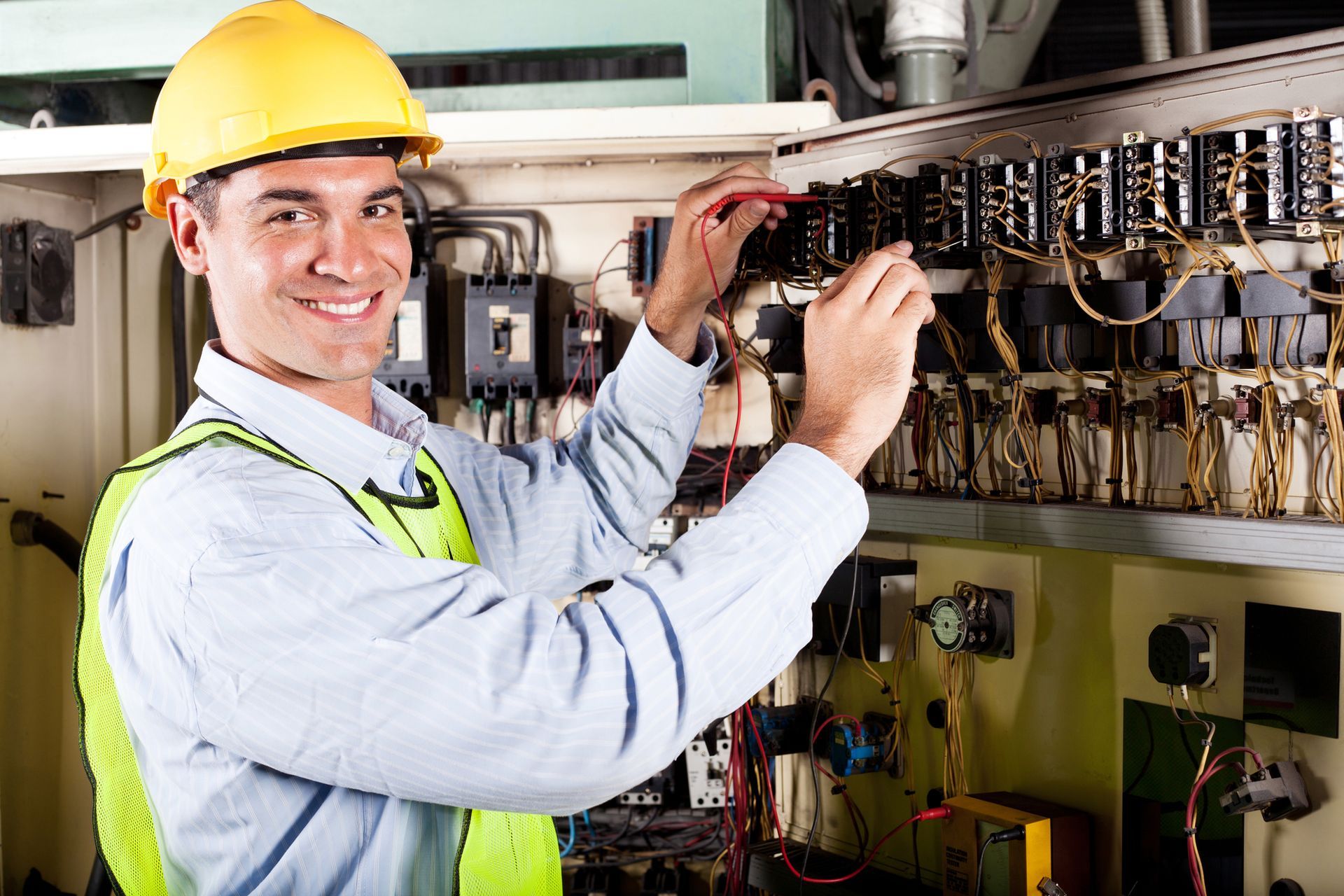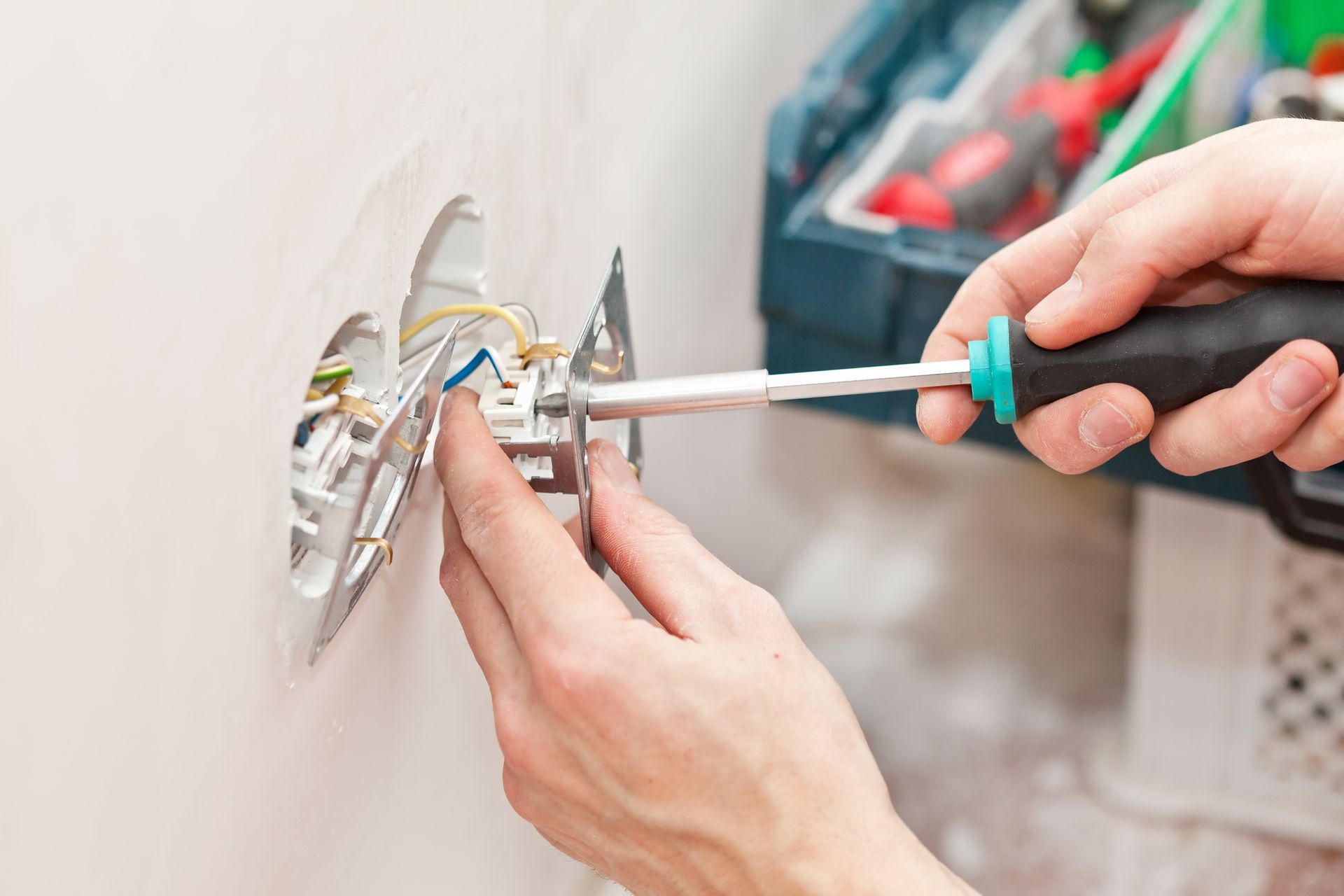Five Signs You Need to Upgrade Your Electrical System
December 1, 2020
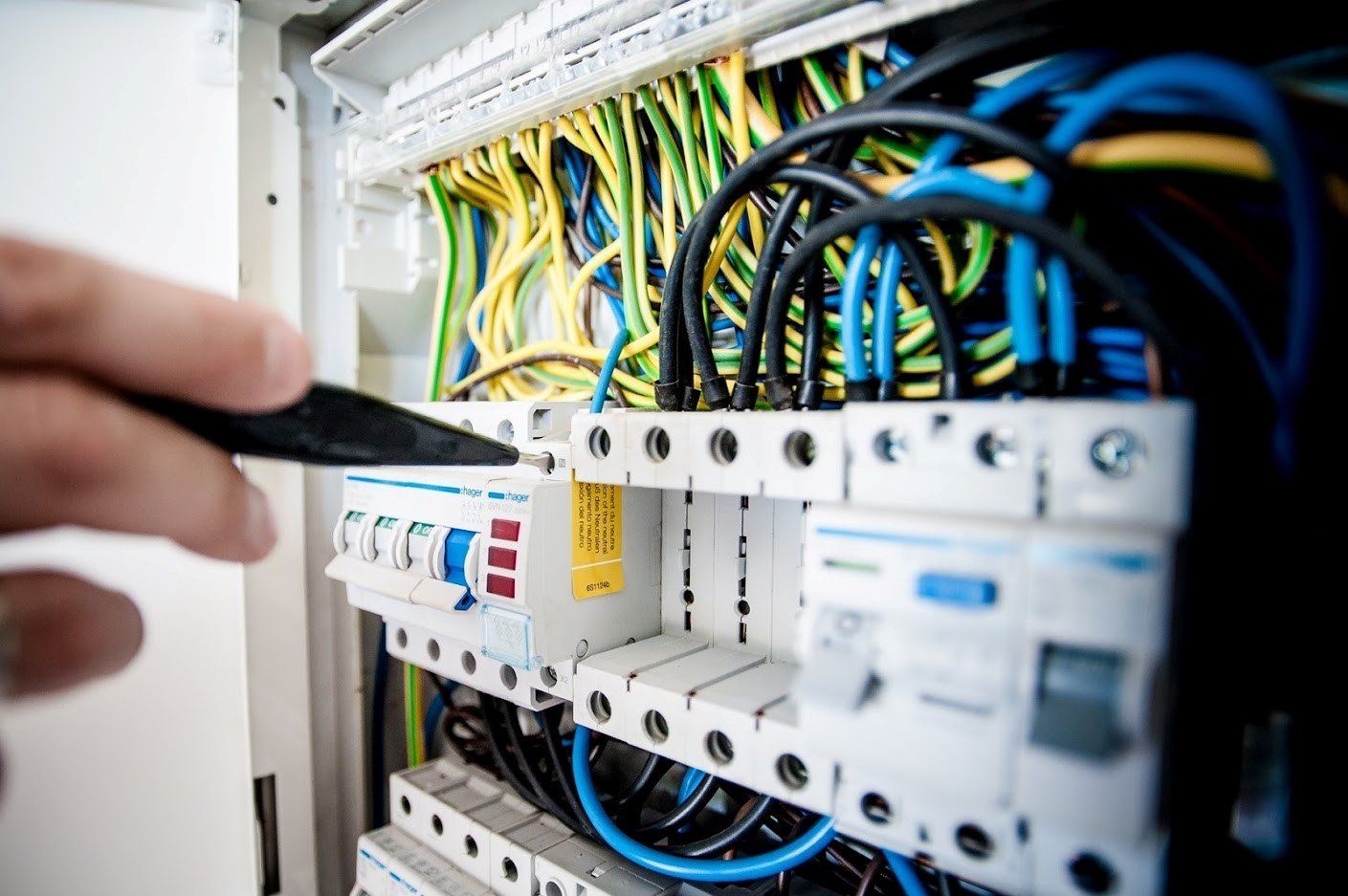
The electrical system in your home is typically hidden within the walls, so you may not think much about it unless something goes wrong. Although all homes should have a cursory inspection during the buying process, a full electrical inspection isn't typically done unless there is a problem.
However, you should still have a full inspection of the electrical system regularly, particularly if you live in an older home, so that any hazards or insufficiencies can be addressed in a full home electrical system upgrade. Here are some signs you may see after an inspection that indicate you need a new electrical system.
1. Unsafe Circuit Boxes
Certain older circuit boxes, like those made by Federal Pacific from the 1950s through the 1990s, can pose a major electrical hazard. If your home is more than a decade old, you need to have the box inspected to make sure it hasn't been recalled for posing a hazard.
The most serious hazard posed is that of an electrical fire. Federal Pacific boxes, for example, do not trip properly when overloaded, which increases the chances of a fire. Federal Pacific are not the only boxes that have been recalled over the years. Shock hazards, faulty breakers, and damage to the wiring are other reasons why a circuit box may be recalled.
Make sure you get your circuit box inspected by a professional to check for these issues.
2. Low Amperage
Older homes were not designed to provide the necessary amps of electricity that are demanded in a modern home. Modern appliances, like the dryer, may require higher amps than in the past. Technology, such as computers, home theater systems, and heavier charging loads can all put stress on an older electrical system that only delivers 30 to 50 amps.
The modern home electrical system needs to provide 100 to 200 amps of electricity in order to meet the increased needs of the present-day family.
3. Insufficient Outlets
Another issue with a home that was built before the personal tech boom is that it may not have enough outlets. Outlet extenders, power strips, and extension cords are only short term solutions because they pose an electrical hazard. Have sufficient outlets installed for use in all the rooms of your home.
You can even have some outlets installed with built-in USB adaptors. Also, consider upgrading older two-prong outlets to three-prong grounded outlets. In kitchens, bathrooms, and utility rooms, upgrade to GFCI safety outlets since these provide protection in the event moisture gets into the outlet.
4. Outdated Wiring
Outdated wiring is a major danger, as it increases the risk of both fires and electrical shocks. Some signs that your wiring is outdated are scorch marks or discoloration around outlets and switches, constantly tripping circuit breakers, and outlets or plugs that feel warm to the touch.
You may also notice that appliances have a short lifespan or that lights seem to dim and flicker for no easily identifiable reason. A professional inspector can check the age of the wiring and determine if it is time to upgrade.
5. Possible Damage
Damage can affect the entire household, particularly in the case of older wiring, or it may only affect one area of the home. Loose wiring is the most common issue. If you have to jiggle a switch or a plug to get it to work, or if you feel a shock when plugging in an item, there is likely a loose wire or issues with the grounding wire.
Sparks and shocks can also indicate wiring issues, as can the smell of metallic smoke. If you suspect any wiring issues, avoid using the affected portions of the electrical system until you can have the problem inspected and repaired.
Contact Beckstoffer-Welsh Inc.
to learn more about updating the electrical systems in your home.


